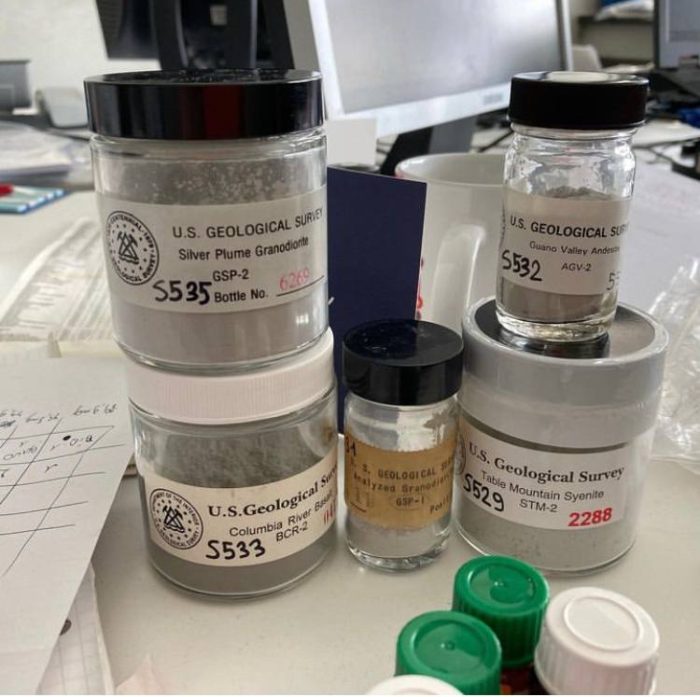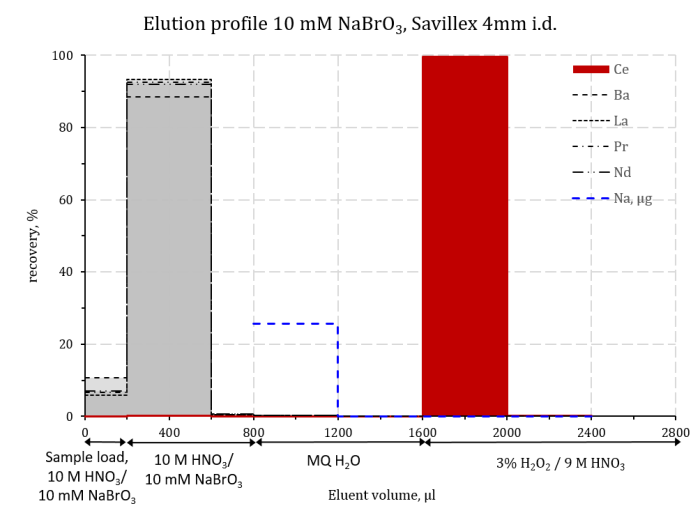How can cutting-edge developments in high precision inorganic mass spectrometry contribute to isotope geochemistry? What are the nuances of spectral interference separation using high spectral resolution and how is it different from a collision reaction cell technology? Can the application of new high-resistance amplifiers in MC-ICP-MS and TIMS lead to the development of new proxies in the Earth Sciences and/or raise the already traditional tools to the next level? How can these amplifiers contribute to LA-MC-ICP-MS? When should internal normalization of the mass bias be used in MC-ICP-MS and when should we rely on double spike protocols? How to ensure traceability and metrological quality of the analytical procedures for isotope ratio measurements? Where is the limit of the in situ stable isotope proxies and when can solution MC-ICP-MS of ultra-small element quantities be applied instead? Is femtosecond laser ablation the universal tool for in situ MC-ICP-MS in geo applications and where do nanosecond lasers suffice?
Working at the edge of modern analytical chemistry, ICP mass-spectrometry and isotope geochemistry, I’m trying to address these questions. The core interest of my research is understanding the mechanisms of isotope fractionation in nature through the development of novel mass spectrometry analytical methods.



Throughout my work I developed and applied the novel isotopic tools in various fields of geosciences where they could shed more light on the processes in the past. I developed and re-calibrated Ni, Mg and Ce isolation procedures for MC-ICP-MS to study early planetary differentiation. I also developed LA-MC-ICP-MS procedures of Sr and Pb isotopes in archaeometry applications.



Recognizing every analysis of a solid sample has to start from its decomposition, in my work I pay special attention to the effective sample digestion protocols. I use autoclave, HPA, and microwave acid digestion and methaborate fusion. Recently, I am a big supporter of novel high pressure microwave digestion units, which reaches ultimate temperatures and pressures during digestion cycle, streamlining and automating the protocols.
I use laser ablation (LA), to pioneer hyphenated analytical protocols for in situ isotopic analysis through LA-MC-ICP-MS and 2D element mapping. Recognizing the critical role of data processing in LA-ICP-MS analysis, I develop protocols for the quantification of LA-ICP-MS data, including element mapping, and for IIF correction in MC-ICP-MS.



It is also great to dilute my ICP-centered isotope geochemistry workflow with some TIMS analysis every now and then, as such on Os or Sr isotopes.

